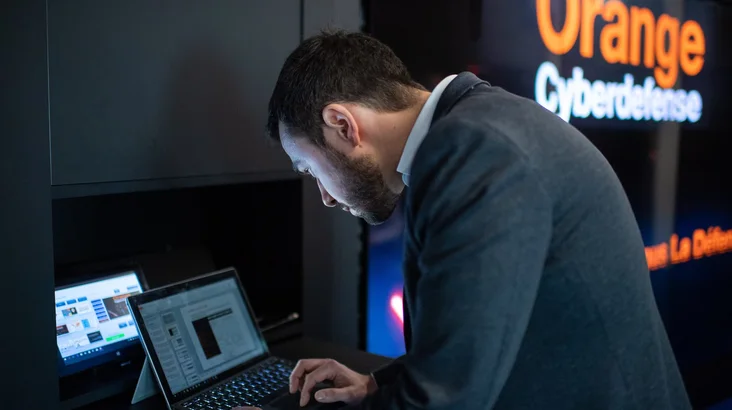
21 April 2021

The pandemic taught us a lot about cybersecurity and home working, but lessons are still to be learned. Here we outline some tips that may be useful in securing your remote workforce and guarding their privacy.
According to a recent report by the Ministry of Economic Affairs in the Netherlands[1], working from home continues to be responsible for an increase in the number of data breaches and security incidents due to accidental mistakes by employees. Last year it had to deal with 125 data leaks including incorrectly addressed emails and the accidental publication of personal data.
“Because employees working from home are less likely to ask a colleague to read or check a document or email before it is sent, mistakes are frequently made,” the report explains.
The Ministry is paying more attention to training knowledge workers in the safe handling of personal data and to report data breaches. By taking this approach employees understand exactly what a data breach is and the importance of reporting each and everyone to prevent such issues in the future.
“The desperate need to collaborate meant the security aspect was often ignored, and in some cases continues to be. It has been a big learning curve for many,” explains Jort Kollerie, Manager Security Architecture at Orange Cyberdefense. Zoom, Google Meet, Microsoft Teams, and Webex were all vectors for an attack during the global health crisis and it is essential that they are still adequately secured.
The reality is, that the number of breaches has shot up as malicious actors easily target remote workers who don’t have sufficient security protection or cybersecurity awareness training to spot phishing attempts, for example.
The pandemic is still with us, and with many enterprises offering home or hybrid working, the privacy and security challenges have not disappeared. “It only takes one employee to bring down a whole organization and it can be as simple as clicking on a phishing email,” explains Kollerie.
Malicious actors are becoming increasingly sophisticated and have more access to tools and resources than ever before. They are continuously looking for low-hanging fruit, and gaping holes in remote workers’ security is an easy target.Why? Because a remote workforce creates many more potentially vulnerable endpoints.
Of course, there is no magic panacea to secure a remote workforce completely, but continuous security awareness training lets employees fully understand the risks of remote working. “Security and privacy should be intertwined in your daily whereabouts, like brushing your teeth,” concludes Kollerie.
To find out more about securing remote workers, including actionable advice and checklists download our latest whitepaperhere.